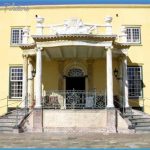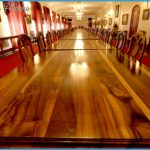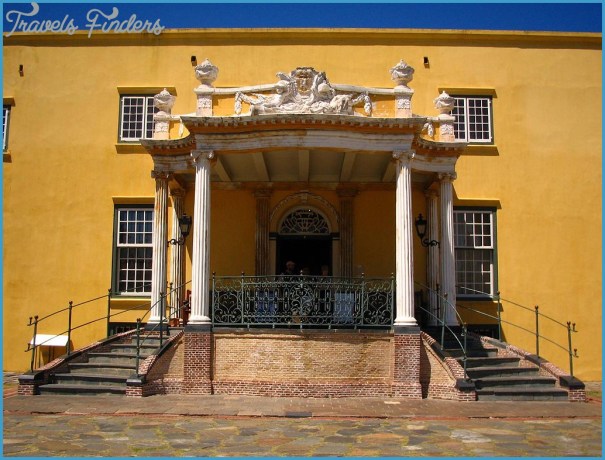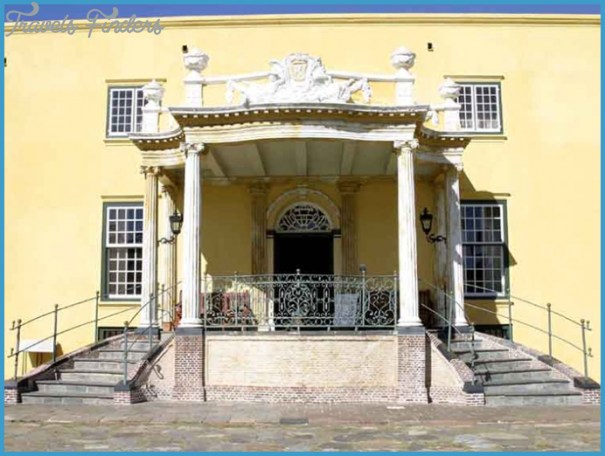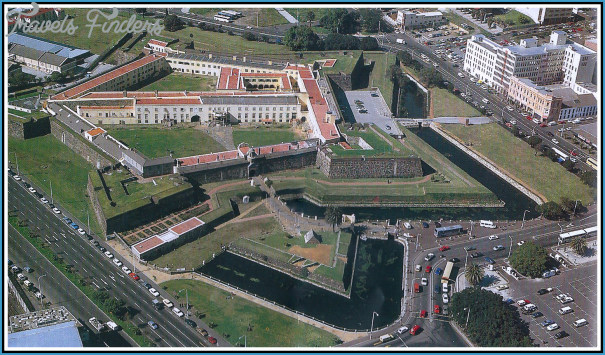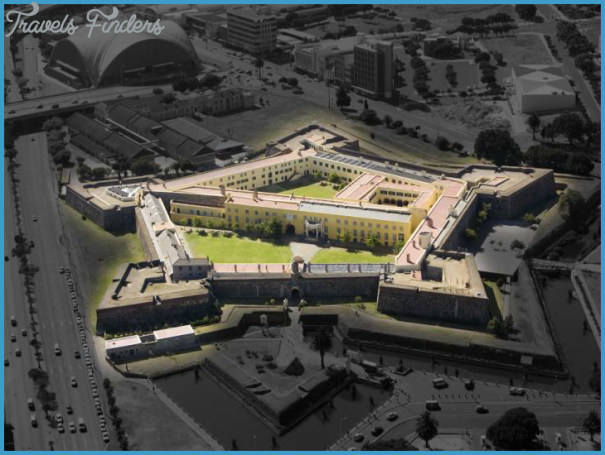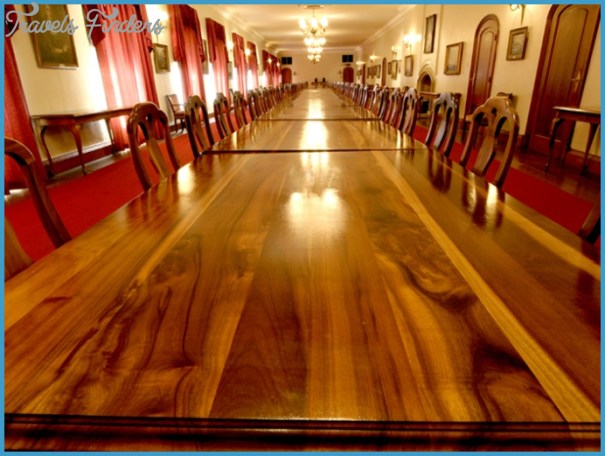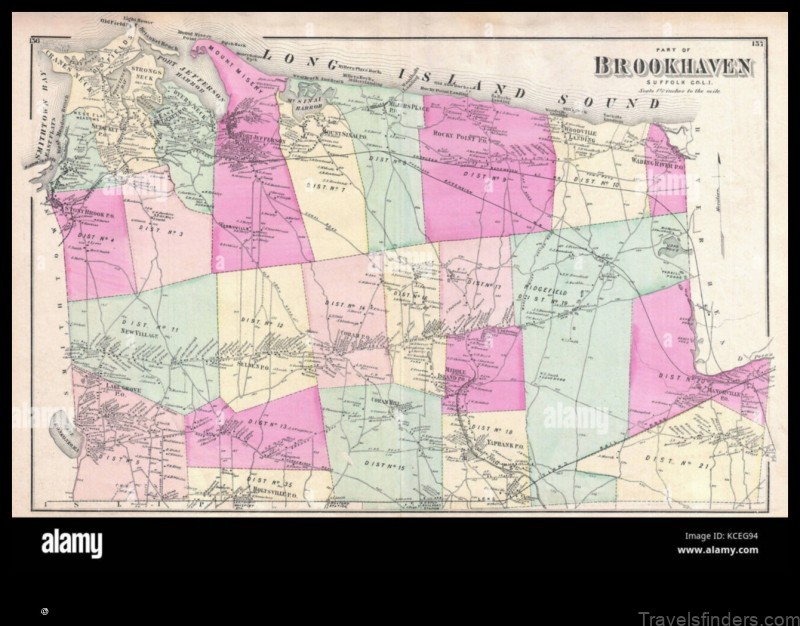In the 18th-century Dutch room, an armoire hides a remarkable secret: open its doors and the Story of Jephthah from the Old Testament’s Book of Judges is revealed. Jephthah led the Israelites in battle against Ammon and, as the result of a rash vow, must sacrifice his daughter after defeating the Ammonites. Here his daughter is seen welcoming him home, unaware of the news he is about to impart. This is period folk art of a type that’s increasingly rare.
SECUNDE’S HOUSE Castle of Good Hope Cape Town Photo Gallery
The fold fortress of Cape Town is full of surprises. The house where the Secunde lived is one of them At the heart of South Africa’s oldest colonial building, it was where the settlement’s vice-governor, the second in charge, or secunde, lived and it was built at the end of the 17th century. It’s on three floors and, while no original furniture survives inside it, there are curated collections throughout, which help to reconstruct its original appearance as much as can be. Original decoration has been restored – the painted floor tiles in the 17th-century room and the faux dadoes and mouldings.
Part of Iziko Museums of South Africa, three main salons recreate the main periods of its occupation: that of a 17th-century VOC official; his 18th-century equivalent; and an early 19th-century British military officer. These are evocations of what the rooms might have looked like during each period. Over time, the interiors were renewed according to prevailing fashions, and depending on what items the occupants owned and brought with them to the Cape. The Dutch-era rooms are, as one might expect, filled with detail – tiles, woodcarvings and painted floors – as well as the polyglot influences of the occupant’s ties to Holland and its colonies in the East. Their contents are chunky and solid and well made. They are full of character and rich craftsmanship, and they hold huge appeal, even for today, particularly since individual items from these periods are highly sought-after and hugely collectable.
In contrast, the British interior has the restraint and austerity that characterized a 19th-century military outpost of the British Empire. It has a variety of furnishings masquerading as one thing when, in fact, all the time they’re something quite different – like the campaign bed, which becomes a sofa when not being slept on, and a bureau bed that’s otherwise a writing desk. Regency stripes line the walls.
The 17th-century Dutch room. To the left of the door is a hefty period kussenkast, or linen cupboard, made of oak, ebony and palisander, and topped by a Delft garniture set in a combination of lidded and unlidded vases of 18th-century Dutch tin-glazed earthenware. The floor decoration is original, but restored. The 18th-century Dutch room lies beyond.
To one side of the 17th-century Dutch room, period polychrome tiles made from tin-glazed earthenware dominate the fireplace. The fireplace itself is not original; it’s Dutch, 19th century in ‘the style of the 17th century’, and came from an abbey in Zeeland in the Netherlands. On the table is a collection of early 17th-century pewter.
The oak bed in the 17th-century room originally had doors not curtains. The cradle is Dutch, of the 17th century. The wall painting is from the 18th and 19th centuries.




